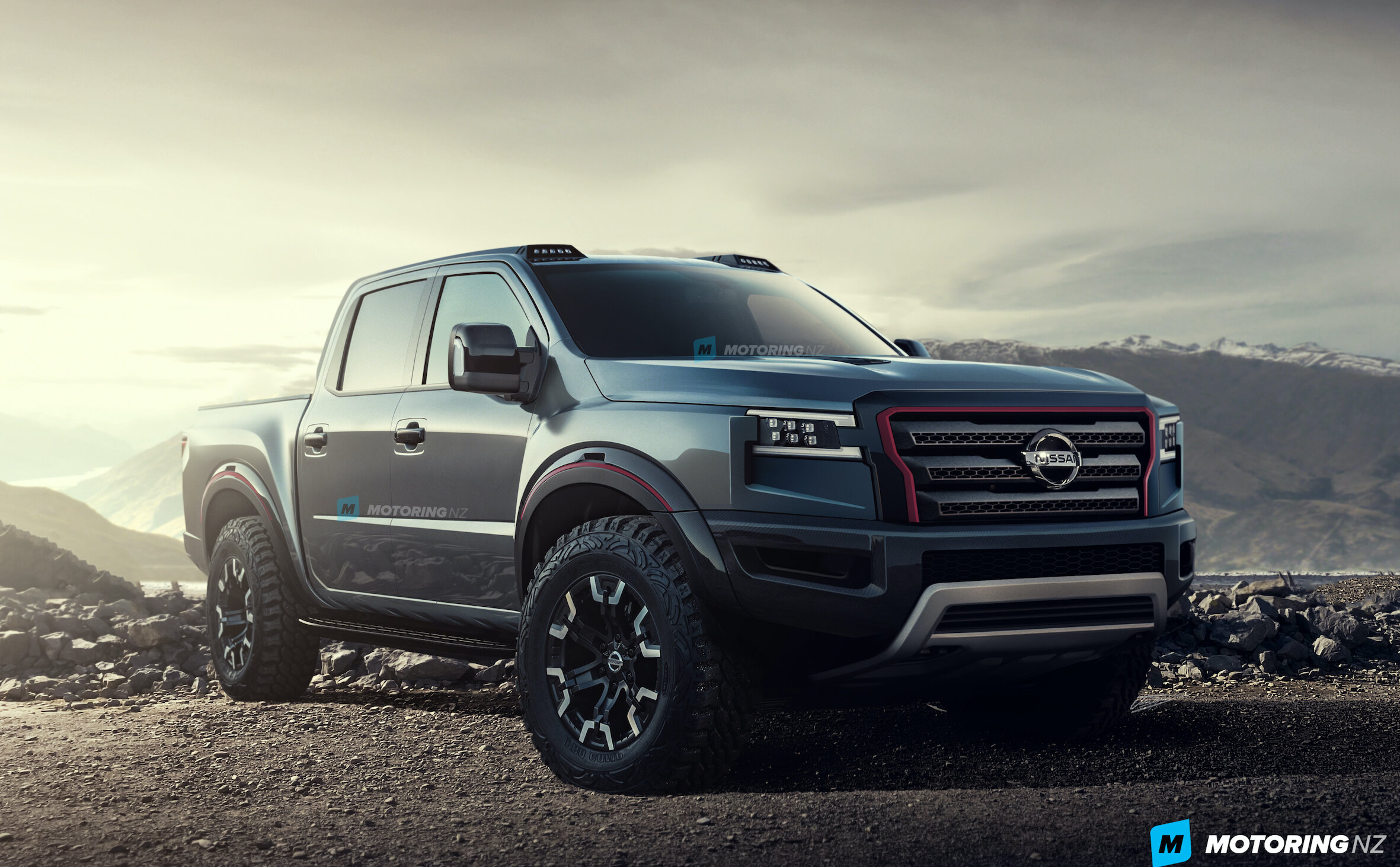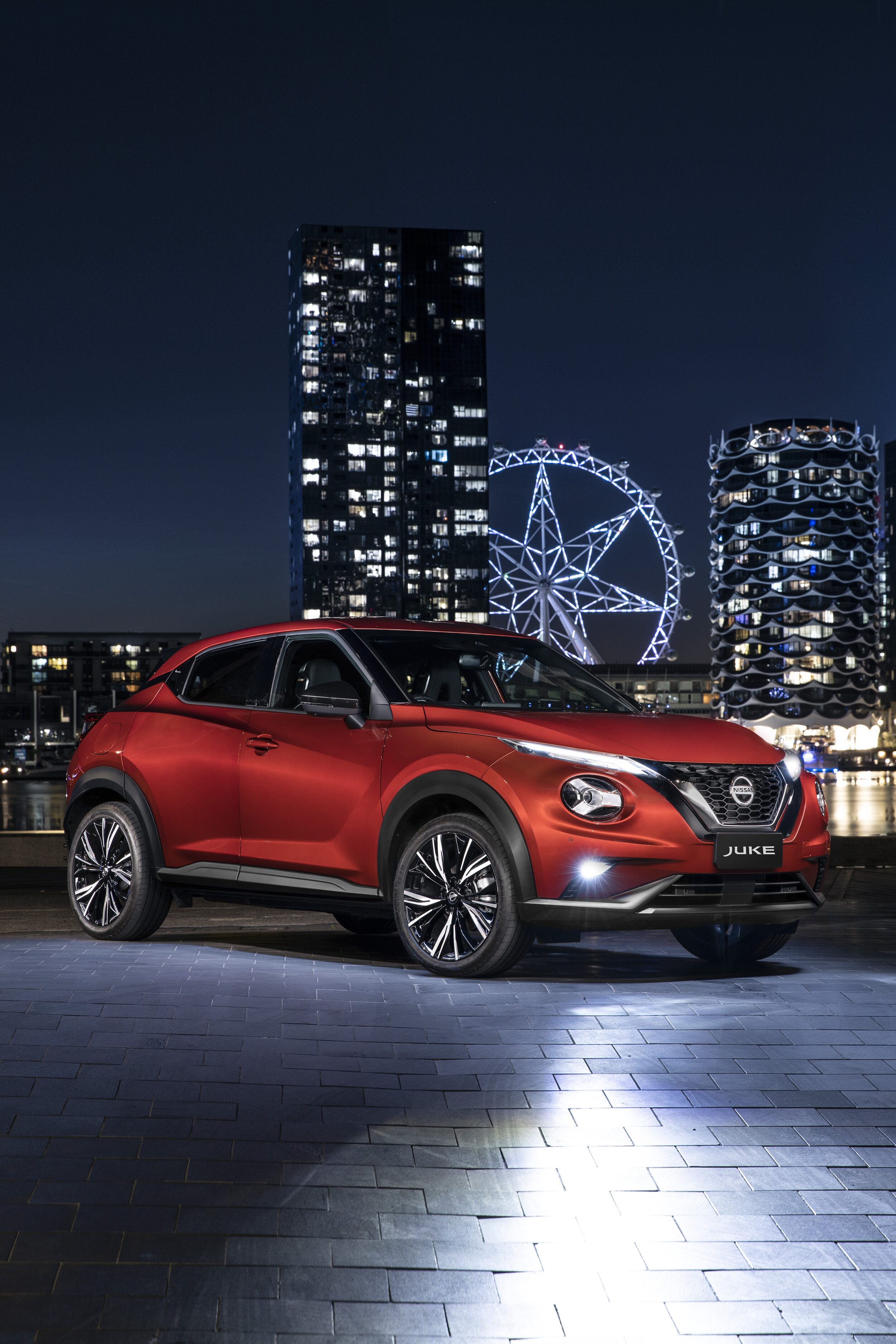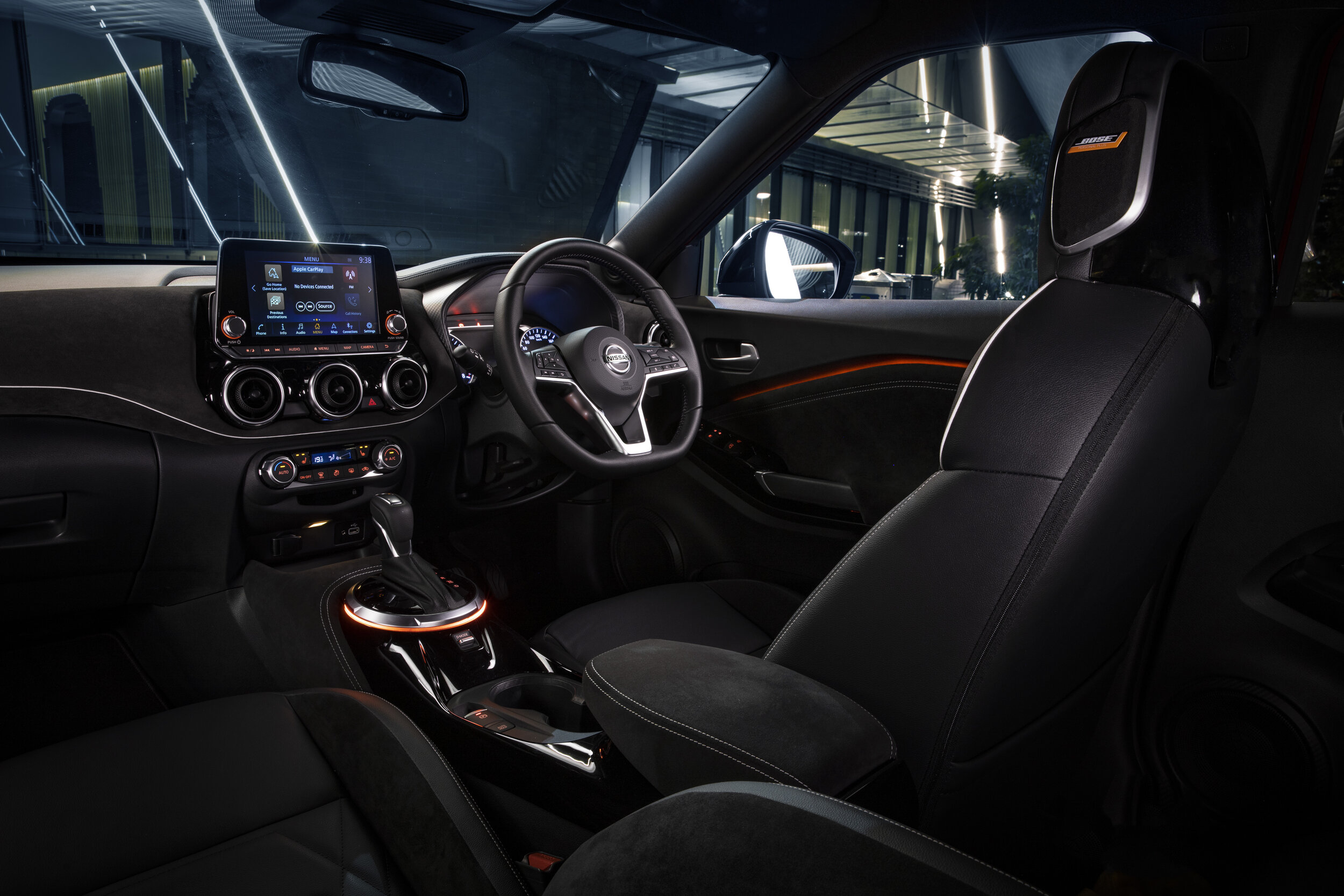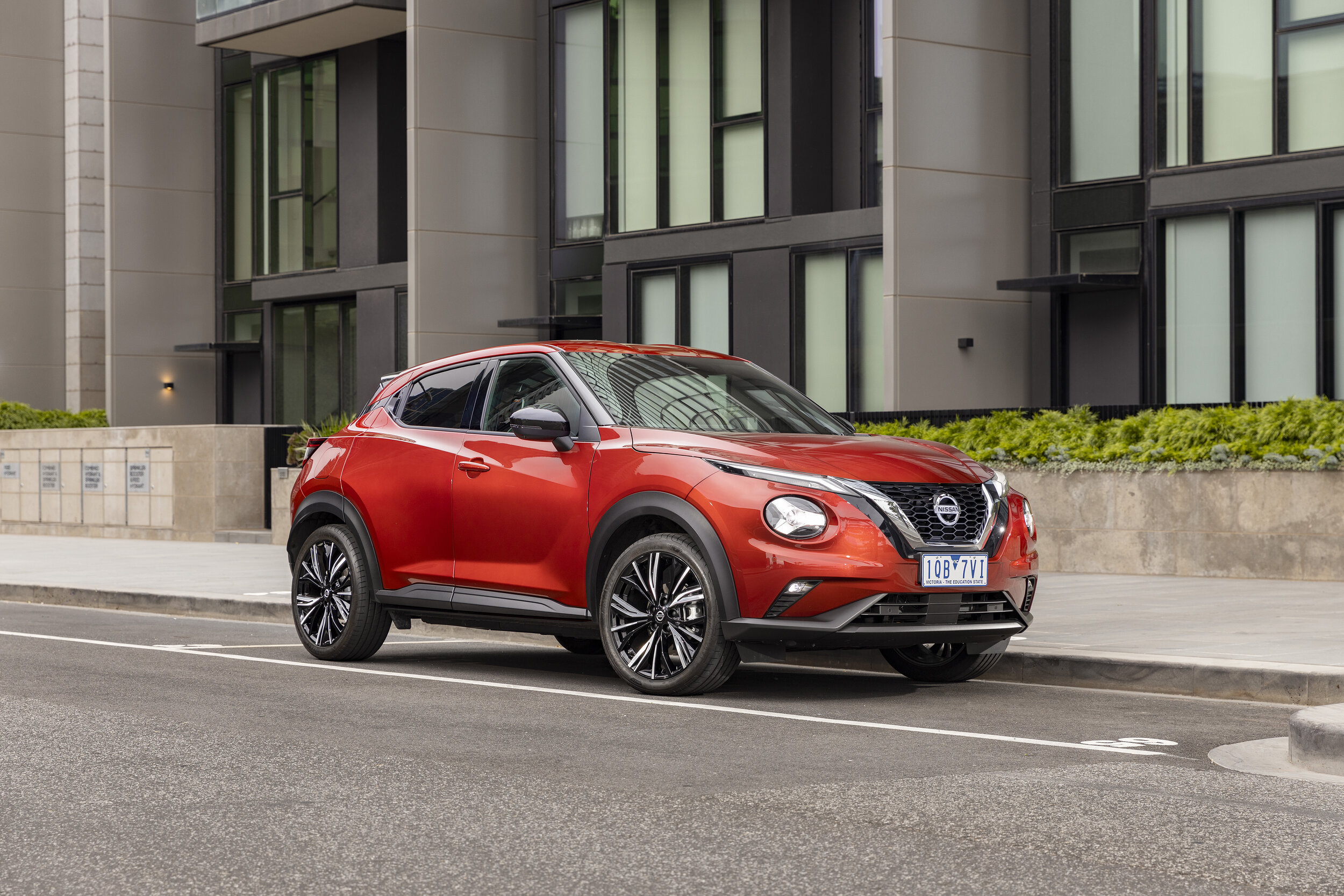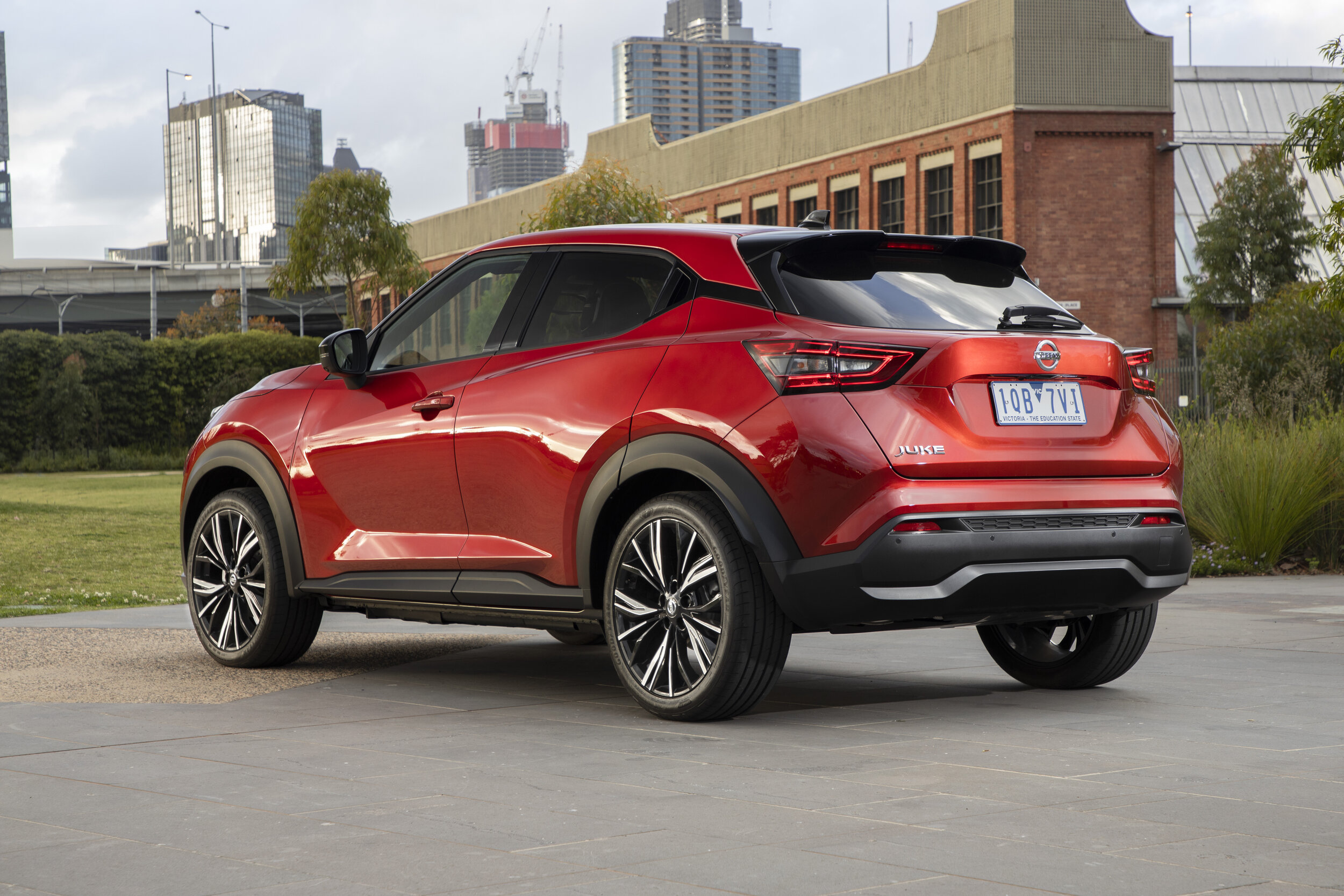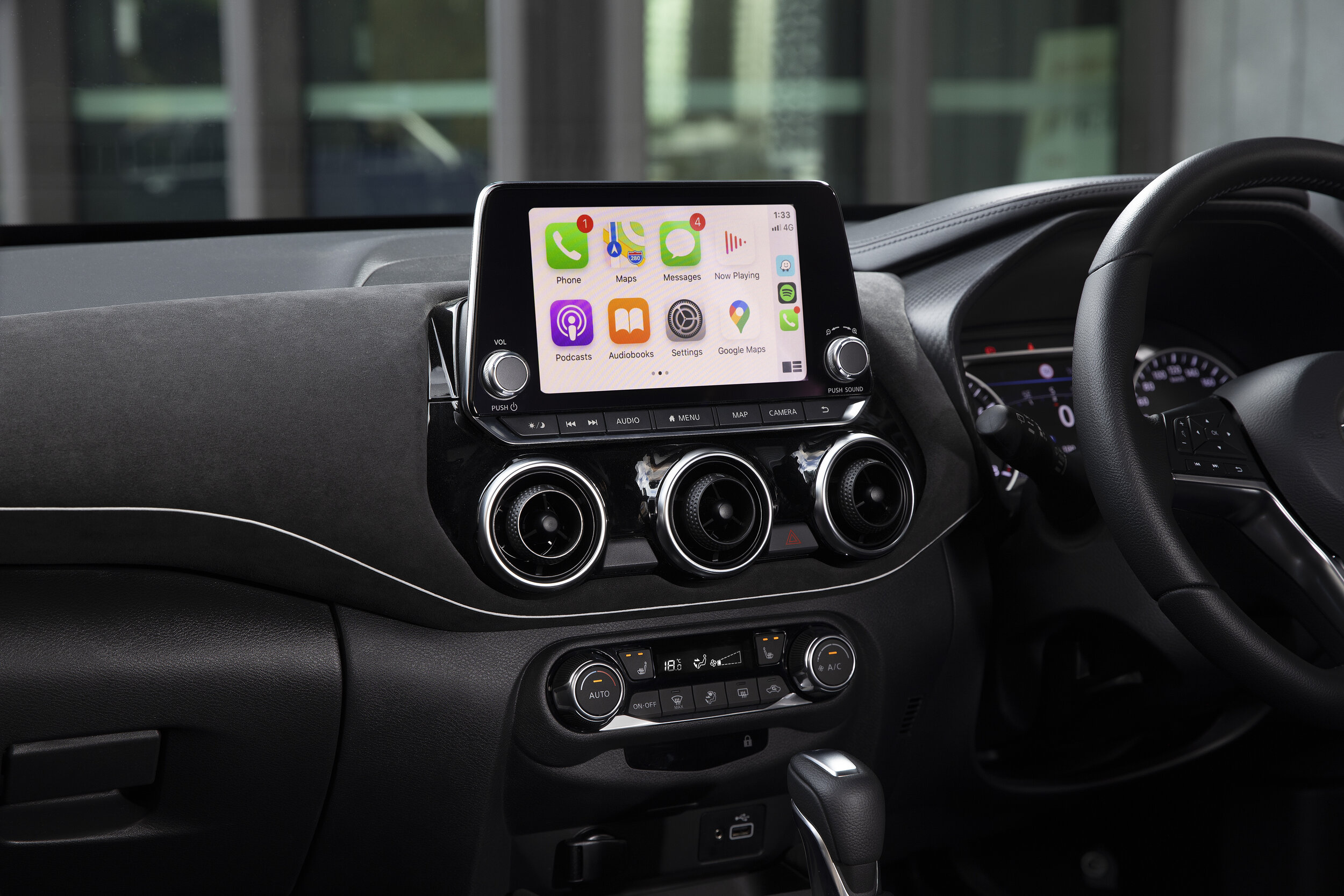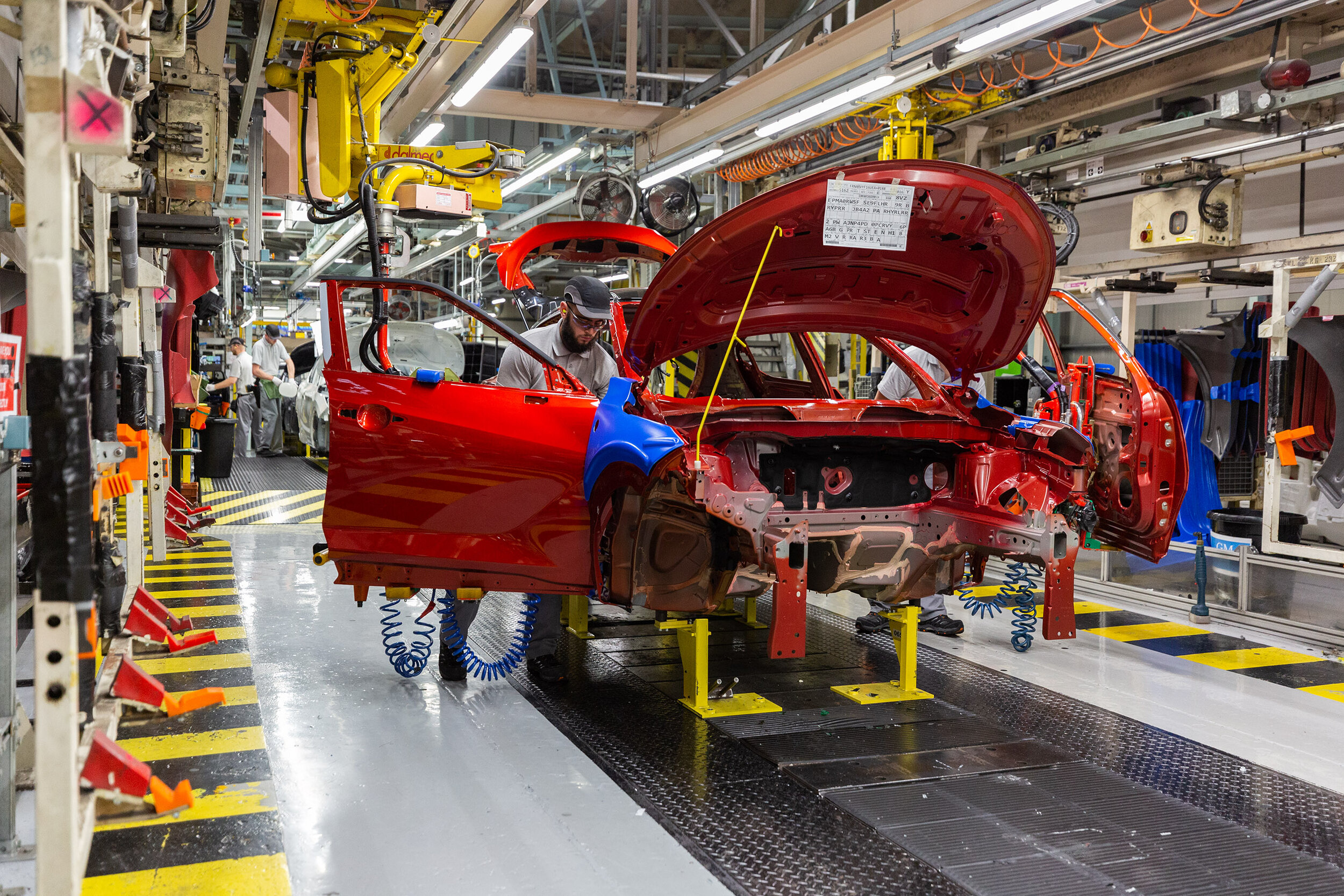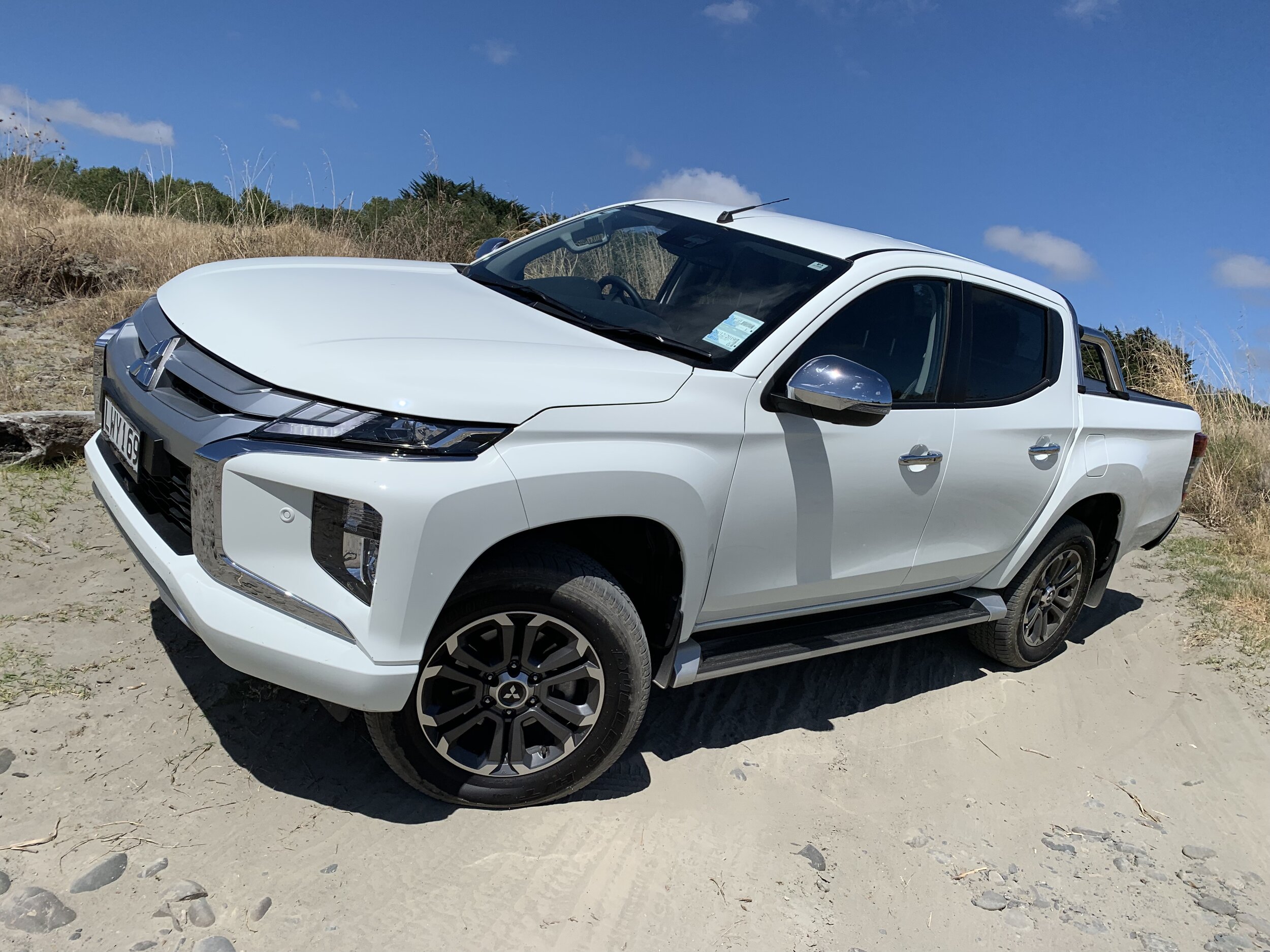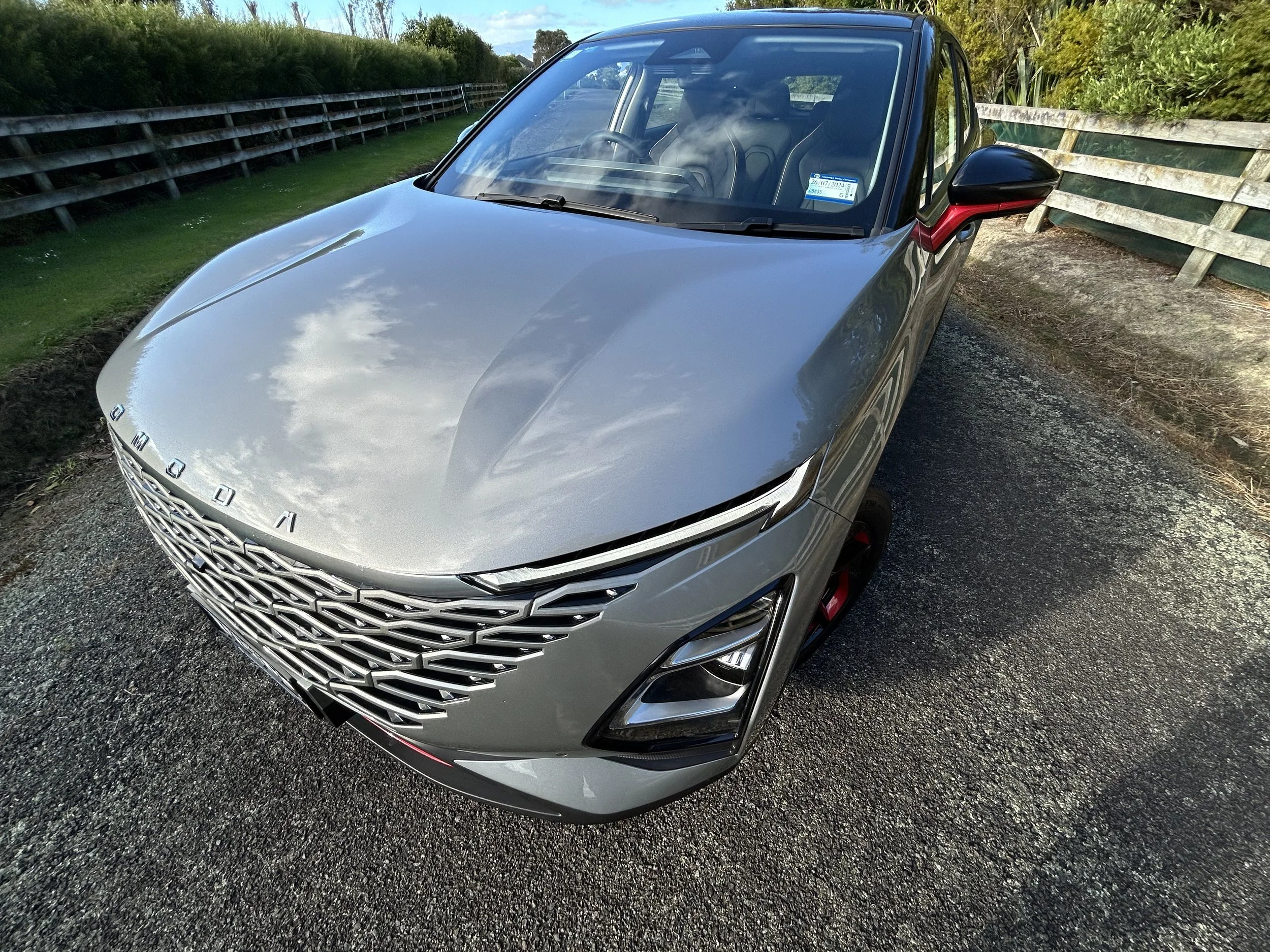Hey, it’s the new Z!
/Nissan has unveiled a concept offering an early look at what will be the first new version of its most famous two-seater sports car in more than a decade.
SO how many can you see?
References to past Z-cars, that is.
Let’s just agree there are plenty. Which is the irony in Nissan’s claim for the Z-Proto.
This concept pointing to “a new generation of the legendary Z car” seems unable to break away from the type’s past. Which probably pleases the fanbase greatly yet might also disappoint those expecting something a little more creative.
As much as this is a design study – sorry, a "development study vehicle" in Nissan-speak - and despite its maker being reluctant to share very many technical details, Nissan has identified what we see here is a "near-production protoype," and confirmed it will outfit with a twin-turbo V6 engine – the first since the 300ZX - and manual transmission.
As is patently obviously, the styling is clearly reminiscent of many old Zs.
Basically, every old Z. And that’s a few, given the sporting sub-brand has a 50-year history.
The front-end with teardrop headlights and long bowed bonnet is from the 240 and 260 Z era.
The side profile? Just like that of the original. Look at the rear end and tell me you don’t see the 300ZX? The bootlid appears to feature a Fairlady Z badge – a name used for the original in Japan and the US, but often seen here as well, thanks to the used import trade. The pod gauges on top of the dashboard (one for turbo boost pressure) and door handles? Clear links to the 370Z.
Easy peasy so far. But perhaps the reason why it has teardrop-shaped LED headlights will sort the regular fan types from the hardcore. Answer? They reference a particular rarity, the Japan-only 240ZG of the 1970s.
The yellow paint used is also an ode to popular paint choice colours for both the original S30 and subsequent Z32 generations, according to Nissan.
It’s not all backward-looking. The rectangular front grille, 19in alloy wheels and carbonfibre side skirts aim to modernise the look, the brand expressed during today’s international, on line reveal.
Nonetheless, the make’s head of design, Alfonso Albaisa, has conceded that the process to determine this design very much involved “making countless studies and sketches as we researched each generation and what made them a success.”
“Ultimately, we decided the Z Proto should travel between the decades, including the future.”
The cabin is finished in black Alcantara-like material, yellow stitching highlights and has a fully digital 12.3-inch display dash for the driver.
There’s still a vintage aesthetic in that, as with every Z car, the design is centred around the driver with dials and gauges facing from the centre towards the most important seating position in the car.
The car measure 4382mm long, 1850mm wide and 1310mm high, and rides on 19-inch black alloys wrapped in special 255/40 front and 285/35 rear rubber.
The engine seems likely to be the unit found in the Infiniti Q50 Red Sport, where it creates 300kW of power and 475Nm of torque. Enough to give rivals like the Toyota Supra a real run, right? Particularly since the sports car should be significantly lighter than Infiniti.
When is it coming to our market? No date has been provided for the launch of the production car, though chances of it achieving showroom status within a year would seem as safe a bet as the proposal it’ll be called ‘400Z’.
Nissan New Zealand has yet to offer any comment.









